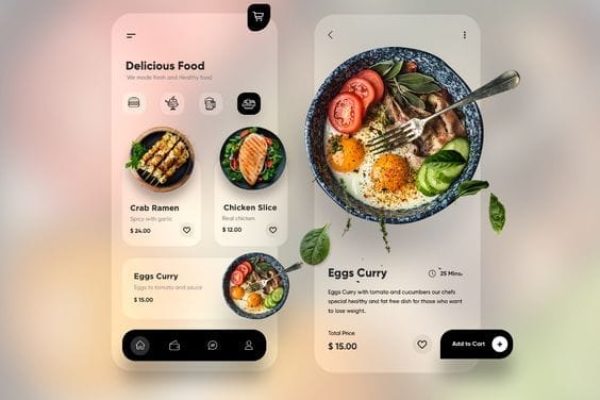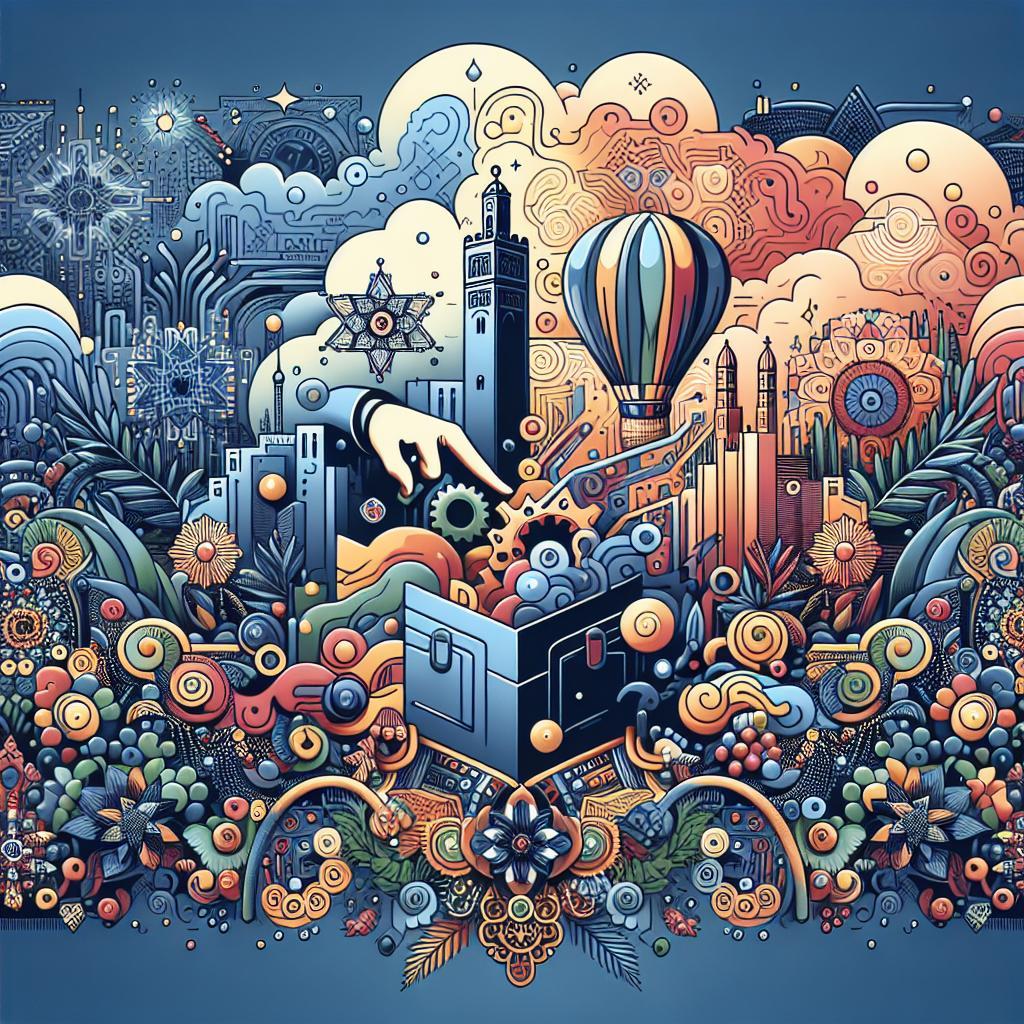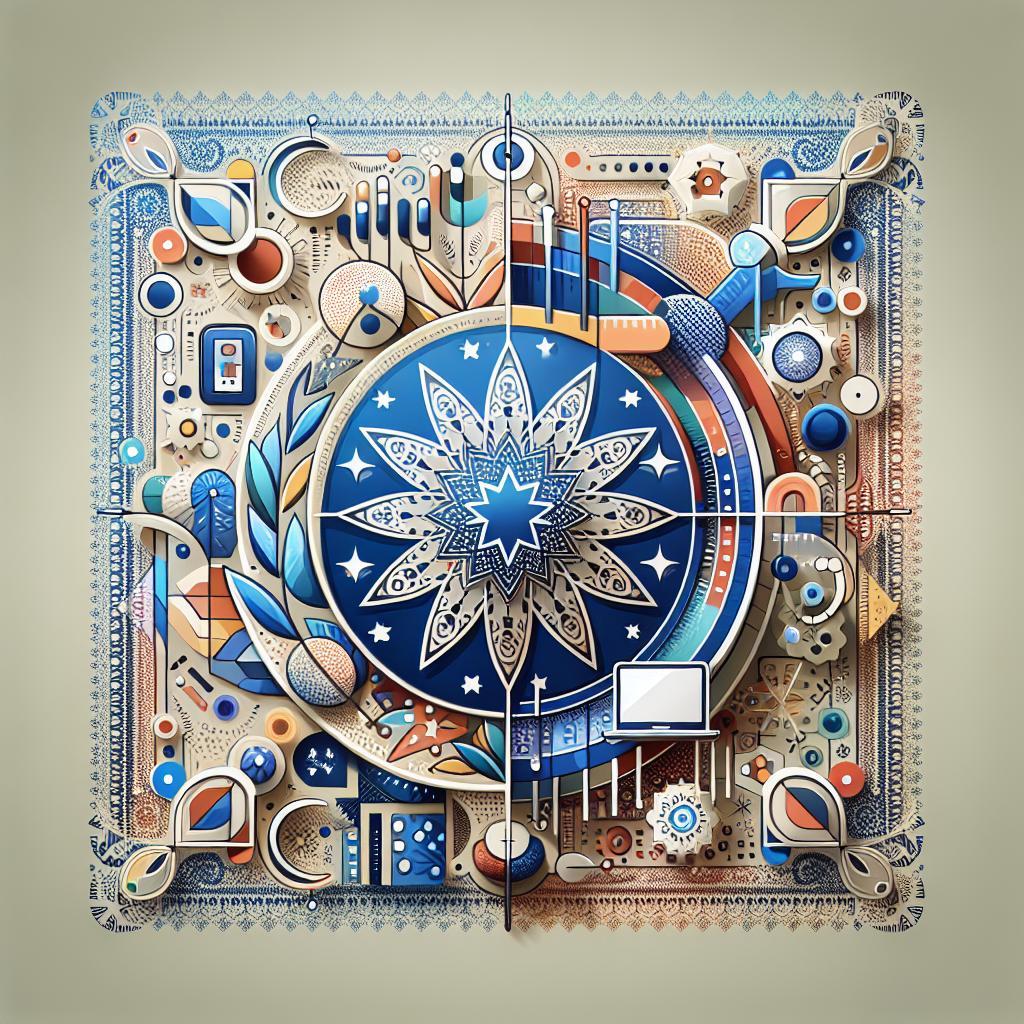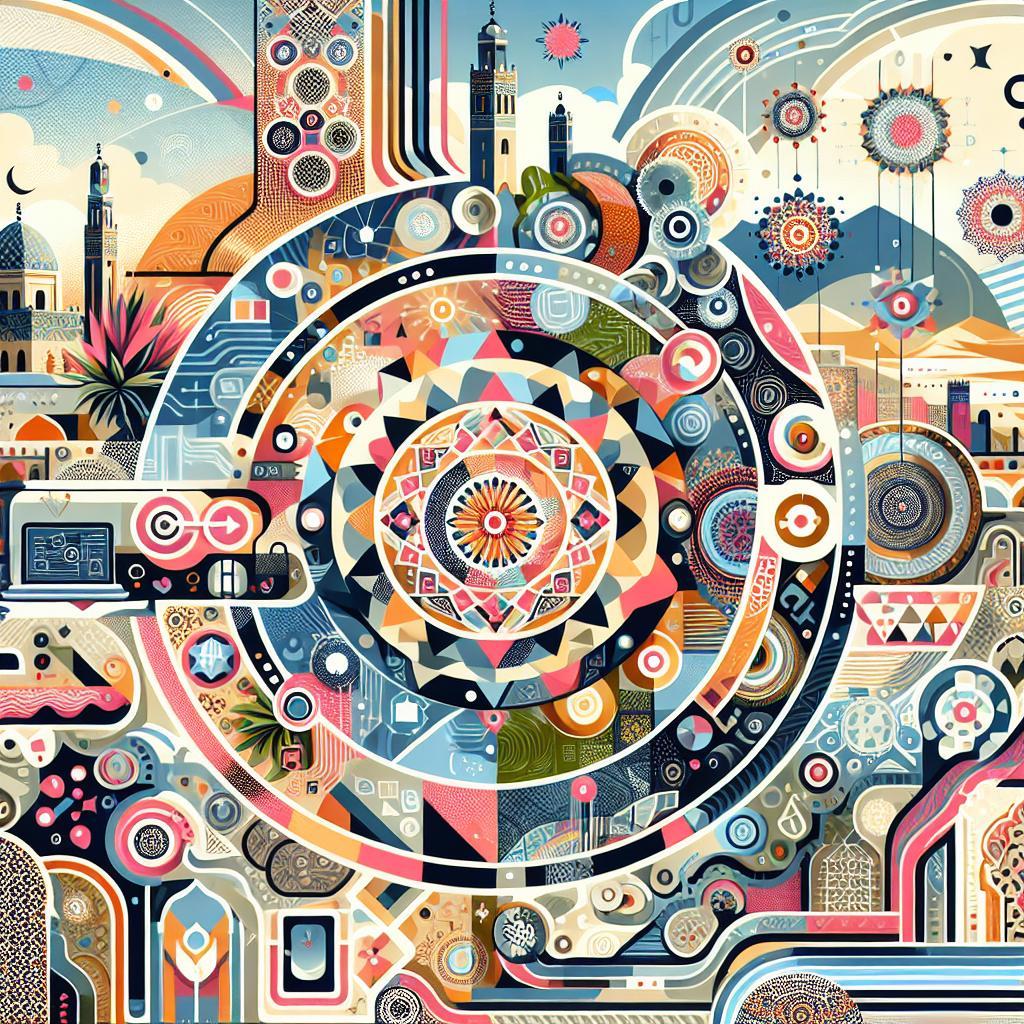In the vibrant tapestry of Morocco’s culture, were traditional craftsmanship intersects with modern innovation, the digital landscape is evolving at a remarkable pace. As businesses and entrepreneurs increasingly turn to the web to showcase their services and reach a global audience, the importance of remarkable UX/UI design becomes paramount. Understanding how users interact with digital interfaces can mean the difference between engaging yoru audience and losing them to the competition.This article explores the best UX/UI design principles specifically tailored for Moroccan web projects, blending local nuances with global best practices to create aesthetically pleasing, intuitive, and culturally resonant digital experiences. Join us on a journey through these essential principles, and discover how to elevate your web projects to meet the unique needs of Moroccan users while standing out in the digital world.
Understanding the cultural nuances intrinsic to Morocco is vital for any web designer looking to create impactful digital experiences. Moroccan culture, rich in history and tradition, guides user expectations. To achieve an effective visual hierarchy,designers should consider the importance of clarity and accessibility in the presentation of information. This involves structuring content in a manner that highlights key elements through size, color contrast, and placement.As an example, integrating larger headers and distinctive call-to-action buttons not only directs user attention but also promotes ease of navigation, ultimately enhancing the user’s overall experience.
the mobile responsiveness of web designs is critical given the diverse array of devices used by Moroccan users. With growing smartphone penetration, optimizing layouts for various screen sizes ensures accessibility for everyone. To capture the local aesthetic, designers should incorporate color psychology effectively. Colors hold profound cultural significance; for example, green represents prosperity while blue frequently enough conveys peace. By thoughtfully embedding these colors within UI elements, designers can create a familiar and engaging environment that resonates with users. A well-rounded approach to these aspects not only facilitates better functionality but fosters deeper emotional connections to the web product.
Q&A
Q&A: Best UX/UI Design Principles for Moroccan Web Projects
Q1: What are the essential elements of effective UX/UI design for Moroccan audiences?
A1: Effective UX/UI design for Moroccan audiences must embrace cultural nuances while promoting usability. Key elements include an intuitive navigation structure,ensuring that users can easily find information. Additionally, responsive design is crucial, given the diverse devices and internet connectivity across the country.Utilize culturally relevant colors and imagery that resonate with Moroccan heritage while maintaining modern aesthetics. local language support,primarily Arabic and French,enhances accessibility and fosters deeper user engagement.
Q2: How can designers ensure that their projects reflect Moroccan culture while maintaining a global standard?
A2: Balancing local culture with global standards requires a thoughtful approach.Designers should research Moroccan traditions, symbols, and motifs to integrate them subtly into their designs. this might include leveraging traditional patterns or color palettes inspired by Moroccan art and architecture. Though, it’s crucial to keep the user experience intuitive and streamlined, adhering to global usability practices. Regular user testing with local audiences can help ensure that the design is both culturally relevant and universally comprehensible.
Q3: why is mobile responsiveness particularly critically important for web projects in Morocco?
A3: Mobile responsiveness is crucial in Morocco due to the country’s high mobile usage rates. Many users access the internet predominantly through smartphones,making it imperative for web designs to adapt seamlessly to various screen sizes. A mobile-pleasant design enhances user experience, reduces bounce rates, and encourages longer engagement. By prioritizing mobile responsiveness, designers can reach a broader audience and ensure that all users, regardless of their device, can interact with the content effortlessly.
Q4: What role does accessibility play in UX/UI design for Moroccan web projects?
A4: Accessibility is a vital aspect of UX/UI design that ensures inclusivity for everyone, including individuals with disabilities. In Morocco, accommodating diverse user needs is essential for expanding reach and creating equitable digital spaces.Designers should adhere to accessibility guidelines, such as using sufficient color contrast, providing alt texts for images, and ensuring keyboard navigation is simple and intuitive. Implementing these practices not only fosters inclusivity but also enhances the overall usability of the website for all users.
Q5: Can you provide examples of successful Moroccan web projects that highlight these principles?
A5: certainly! Websites like the Moroccan National Tourism office (ONMT) and local e-commerce platforms like Jumia Morocco showcase effective UX/UI principles. ONMT integrates stunning visuals of Moroccan landscapes with easy navigation and bilingual support, appealing to both locals and international visitors. Similarly, Jumia emphasizes comfort in online shopping with a clean interface, meticulous product categorization, and personalized user experiences. Both projects successfully blend cultural elements with contemporary design, demonstrating the potential of Moroccan web projects when these principles are applied.
Q6: How can user feedback shape UI design in the Moroccan context?
A6: User feedback is a cornerstone of effective design, as it provides direct insights into how real users interact with a product. In Morocco,engaging users through surveys,interviews,or usability testing can reveal preferences,pain points,and cultural perceptions that data alone might miss. Iterative design processes that incorporate this feedback ensure that the end product resonates well with users, enhancing satisfaction and loyalty. Listening to local users not only improves designs but also fosters a community connection that is vital for long-term success.
By embracing these principles, designers can create web experiences that not only fulfill users’ needs but also celebrate the rich cultural tapestry of Morocco, ultimately contributing to a more engaged and satisfied online community.
Key takeaways
As we have explored the intricate tapestry of UX/UI design principles tailored for Moroccan web projects, it’s clear that embracing cultural nuances and user-centric strategies can pave the way for exceptional digital experiences. From respecting local aesthetics to integrating intuitive navigation that reflects the rhythm of Moroccan life, the journey towards effective design is both an art and a science.As you embark on your own design endeavors, remember that each pixel tells a story, and every interaction has the power to connect users with the heart of Moroccan culture. By following these principles, you not only enhance usability but also foster a sense of belonging and identity in your digital creations.In the dynamic landscape of web design, it’s not just about what looks good – it’s about what feels right. Let these guiding principles be your compass as you navigate the unique challenges and opportunities that Moroccan projects present. With creativity and empathy at the forefront, you can create digital experiences that resonate deeply and leave a lasting impact. Happy designing!












